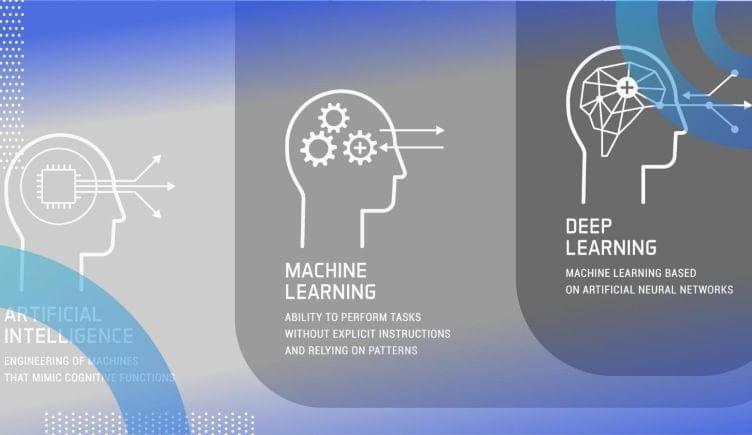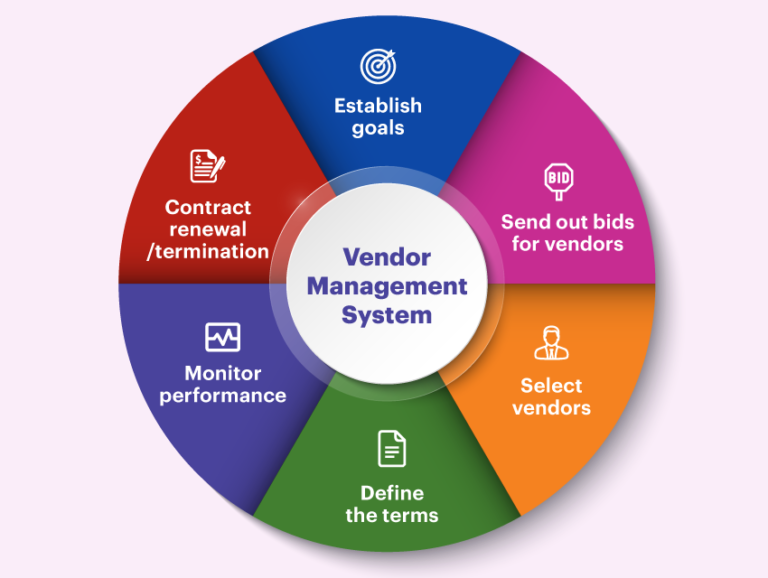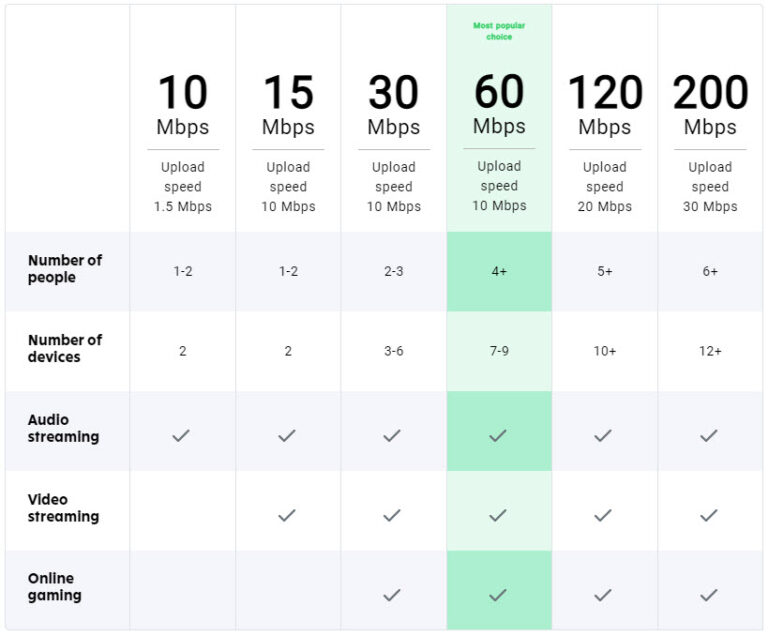What Are The Top 10 Biggest Cyber Threats To Organization?
Cyber threats to organizations have become an increasingly serious issue in the digital age. With the rise of the Internet of Things (IoT) and the ever-increasing interconnectedness of systems, organizations are faced with a wide range of digital threats. From data breaches to malware and ransomware attacks, organizations must be vigilant in protecting their data, systems, and networks. In this article, we will discuss the top 10 biggest cyber threats to organizations and how they can be managed. We will look at threats such as phishing, malware, ransomware, distributed denial of service (DDoS) attacks, and more. We will also provide best practices for preventing and mitigating these threats. Finally, we will discuss the importance of having a comprehensive cybersecurity strategy in place in order to protect your organization’s assets.
Definition of Cyber Threats
Cyber threats are the malicious activities that target computer systems, networks, and software applications, with the intent to cause harm or steal sensitive data. These threats can come from a variety of sources, including malicious hackers, malicious software, and malware. Cyber threats can be either active (attempting to gain unauthorized access to computer systems) or passive (such as phishing attacks, which attempt to acquire confidential information). In either case, organizations must be aware of the potential risks and take steps to protect their systems and data.
The top 10 biggest cyber threats to organizations today include: malicious hackers, phishing attacks, ransomware, distributed denial of service (DDoS) attacks, malware, SQL injection, data breaches, malicious insiders, IoT threats, and cryptojacking. Each of these threats poses a unique risk to organizations and can result in serious financial, reputational, and legal consequences. Organizations must take steps to mitigate these risks and ensure their systems and data are secure.
Types of Cyber Threats
Cyber threats are a major concern for organizations of all sizes. They can range from malicious software and viruses to denial of service attacks and data breaches. However, some of the biggest threats that organizations face today are from malicious actors such as hackers, identity thieves, and phishers. In order to protect their data and maintain their security, organizations must understand the different types of cyber threats they may face and how to respond to them.
Malware is one of the most common types of cyber threats. This malicious software can be used to steal personal information, damage systems, or even disrupt operations. Viruses are another type of malicious software that can spread quickly and cause significant damage to a network. Phishing attacks are another type of cyber threat, in which attackers attempt to gain access to confidential information via emails or other forms of communication.
Data breaches are a major concern for organizations, as they can lead to significant financial losses and reputational damage. Hackers are also a major threat, as they can use their skills to access confidential information or disrupt operations. Identity theft is another type of cyber threat, in which attackers use stolen identities to access private data and gain access to accounts.
Social engineering attacks are also a growing concern, as attackers attempt to manipulate or deceive employees in order to gain access to confidential information. Denial of service attacks are another type of cyber threat, in which attackers attempt to render a system or network inaccessible by flooding it with too much traffic. Finally, ransomware is a type of malicious software that can encrypt a user’s data and demand payment in order to restore access.
Organizations must understand the different types of cyber threats they may face and take the necessary steps to protect themselves. This includes implementing robust security measures, such as antivirus software, firewalls, and encryption, as well as educating employees on the risks and best practices for staying safe online.
Impact of Cyber Threats
The impact of cyber threats on businesses and organizations cannot be overstated. Cyber attacks can cause a range of damages, from data breaches and financial losses to reputational damage and legal troubles. Cyber threats come in many forms and can range from phishing emails and malware to more sophisticated attacks such as ransomware, Advanced Persistent Threats (APTs), and Distributed Denial of Service (DDoS) attacks. Businesses must be aware of the most common cyber threats and take proactive measures to protect their networks and data.
Organizations must consider the potential impact of a cyber attack and understand which security measures are necessary to reduce the risk. Businesses need to invest in training and awareness programs to ensure that employees are aware of the latest security trends and best practices. Technical teams should review and update security protocols regularly to ensure that systems remain protected. Additionally, businesses should consider investing in backup and recovery solutions to minimize the damage caused by a successful attack.
Organizations must remain vigilant against cyber threats and develop a comprehensive security strategy to reduce the risk of attack. A well-rounded security strategy should incorporate a variety of solutions including firewalls, anti-malware, intrusion detection systems, and encryption. Businesses must also remain aware of the latest developments in cyber security and adapt their security protocols accordingly to ensure that their networks remain secure.
The Top 10 Biggest Cyber Threats
Organizations are increasingly vulnerable to cyber threats as malicious actors become more sophisticated and target organizations of all sizes. But what are the biggest threats? This article takes a look at the top 10 biggest cyber threats to organizations and how they can be mitigated.
First on the list is phishing, which is the sending of malicious email messages or links to unsuspecting users. Phishing attacks can be used to steal sensitive information, such as passwords or financial data. Organizations should take steps to educate their employees on how to identify and avoid phishing attempts.
Second is ransomware, which is the encryption of an organization’s data and systems until a ransom is paid. Ransomware can cause significant disruption and financial losses if not stopped. Organizations should invest in robust security measures and train their employees on how to recognize and respond to ransomware attacks.
Third is malware, which is malicious software designed to infiltrate an organization’s systems and cause harm. Organizations should invest in secure antivirus software and ensure that their systems are updated with the latest security patches.
Fourth is distributed denial-of-service (DDoS) attacks. DDoS attacks are attempts to overwhelm an organization’s systems with large amounts of traffic, rendering them unable to respond to legitimate requests. Organizations should use firewalls and other security measures to protect against DDoS attacks.
Fifth is data breaches, which occur when unauthorized individuals gain access to an organization’s sensitive data. To prevent data breaches, organizations should implement robust security measures such as multi-factor authentication, data encryption, and intrusion prevention systems.
The remaining five cyber threats include insider threats, SQL injection, malicious insiders, wireless network vulnerabilities, and malicious mobile applications. Organizations should take steps to protect against these threats, including implementing security policies, conducting regular security audits, and monitoring systems and networks for suspicious activity.
Overall, the top 10 biggest cyber threats to organizations are phishing, ransomware, malware, distributed denial of service (DDoS) attacks, data breaches, insider threats, SQL injection, malicious insiders, wireless network vulnerabilities, and malicious mobile applications. Organizations should take steps to protect against these threats and ensure their systems are secure.
Best Practices for Preventing Cyber Threats
Organizations are increasingly vulnerable to cyber threats, and the consequences of these threats can be devastating. Cyber attacks can result in loss of sensitive data, disruption of services, and damage to reputation. To mitigate this risk, organizations should remain vigilant and take proactive steps to protect their networks and data. Implementing best practices for preventing cyber threats is essential for any organization that wants to remain secure.
To begin, organizations should have a comprehensive security policy in place. This policy should outline acceptable usage and access levels, and should ensure that all employees are aware of the risks associated with data security. Additionally, organizations should regularly update their systems with the latest security patches and regularly monitor their systems for suspicious activity.
Organizations should also implement strong authentication protocols, such as multi-factor authentication, to ensure that only authorized users have access to sensitive data. Additionally, organizations should encrypt any sensitive data, both in transit and at rest, to ensure that it is secure.
Finally, organizations should use a robust firewall to protect their network from external threats. The firewall should be regularly tested and updated to ensure that it is secure. Additionally, organizations should invest in advanced security solutions, such as intrusion detection systems, to detect and respond to potential threats.
By implementing best practices for preventing cyber threats, organizations can ensure that their networks and data remain secure. With the right security measures in place, organizations can minimize the risk of a successful attack and the associated consequences.
Conclusion
In conclusion, cyber threats can be a major threat to organizations, individuals, and governments. Cybersecurity professionals must stay ahead of the curve in order to stay ahead of these evolving threats. As organizations become more digital, the need for robust security measures becomes even more important. The top 10 biggest cyber threats to organizations are malware, phishing, ransomware, data breaches, IoT risks, insider threats, social engineering, denial-of-service attacks, cryptojacking, and malicious insiders. By understanding these threats, organizations can protect their networks and data from malicious actors. It is also important to use strong passwords, implement two-factor authentication, and keep software updated in order to prevent hackers from compromising a system. Cybersecurity professionals must stay vigilant in order to protect their organizations from these ever-evolving cyber threats.
FAQs About the What Are The Top 10 Biggest Cyber Threats To Organization?
1. What are the top 10 biggest cyber threats to organizations?
Answer: The top 10 biggest cyber threats to organizations are phishing, ransomware, social engineering, malware, cloud security threats, mobile device security threats, data breaches, denial of service attacks, insider threats, and IoT security threats.
2. How can organizations protect themselves from cyber threats?
Answer: Organizations can protect themselves from cyber threats by implementing strong security policies and protocols, regularly educating employees on cyber security best practices, investing in cyber security technologies, and regularly testing and monitoring their systems for vulnerabilities.
3. What are the consequences of not taking cyber threats seriously?
Answer: If organizations do not take cyber threats seriously, they could suffer from financial losses, reputational damage, legal action, data theft, and compromised customer trust. They could also be subject to regulatory fines and penalties.
Conclusion
In conclusion, the top 10 biggest cyber threats to organizations are malware, phishing, ransomware, distributed denial-of-service (DDoS) attacks, malicious insiders, weak passwords, vulnerable systems, social engineering, insecure APIs, and supply chain attacks. Organizations need to be aware of these threats and take steps to protect their data and systems from these threats. Implementing strong cyber security measures, such as multi-factor authentication, encryption, and patching, is essential to protect against these threats.




